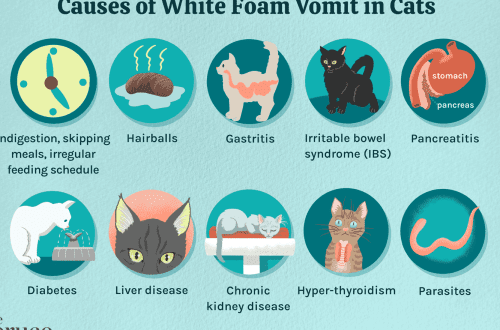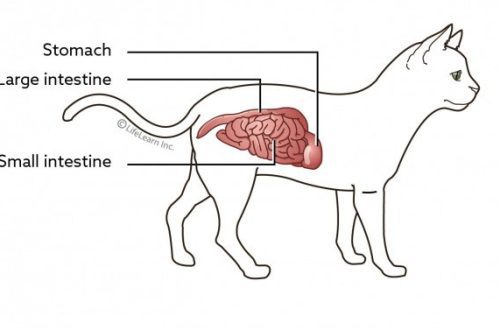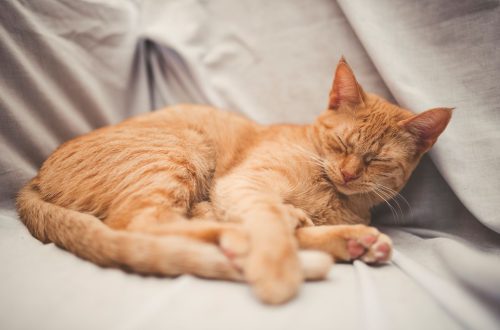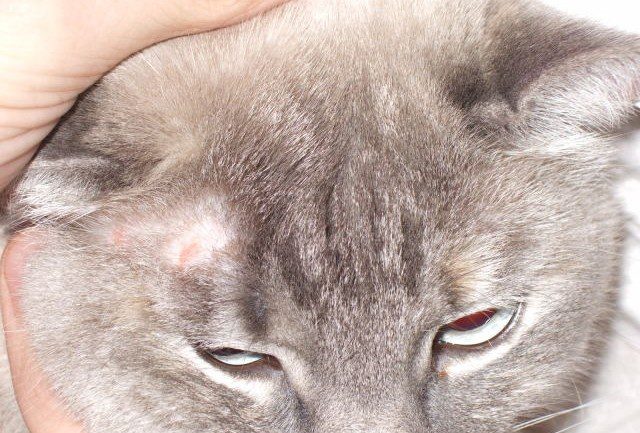
How to treat lichen in a cat?
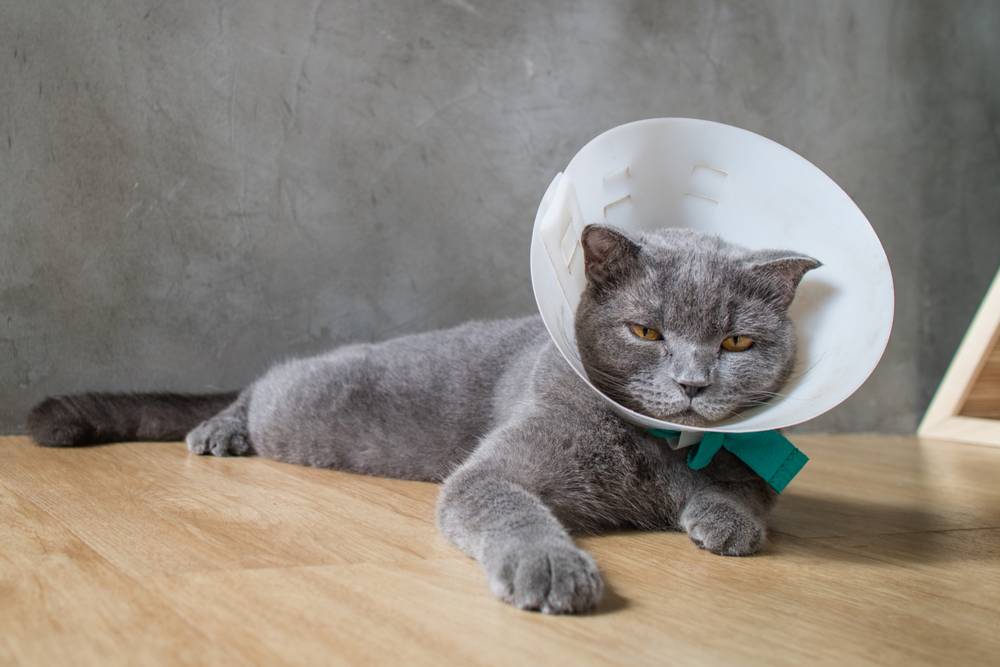
The main causative agent of this disease in cats is the fungus Microsporum canis. This fungus can also cause skin lesions in humans: the disease is transmitted from a cat or dog to the owner and other family members. Dermatophyte spores are ubiquitous, so a sick animal is not the only source of infection.
It’s important
Before treating lichen, it is necessary to make a diagnosis, and only a veterinarian can do this. At the same time, it is impossible to make an accurate diagnosis solely on clinical grounds – special diagnostic tests are required:
- Wood’s lamp examination;
- Research under the hairs collected from the lesions, in order to detect pathogen spores;
- Cultivation of dermatophytes, i.e. sowing on a nutrient medium.
To make an accurate diagnosis, it is desirable to use all three methods, since each of them has its pros and cons, so a combination of all these tests is usually used.
Treatment
Since dermatophytosis (lichen) is a self-limiting disease (this means that in a healthy animal it can go away on its own – however, in 100 days), a lot of so-called folk and miraculous methods have grown around the treatment with the widespread use of drugs with dubious (i.e. not scientifically proven efficacy. To date, the standard treatment for dermatophytosis is:
- The use of antifungal drugs is systemic, i.e. oral tablets / capsules or suspensions. Reception of drugs continues until the results of cultivation (crop) are negative in two crops in a row;
- Topical treatment of the animal’s skin and coat by bathing with medicated shampoos or solutions. Sometimes a haircut is necessary for a cat or cat, which makes it easier to process and reduce environmental contamination (pathogen spores are on the surface of damaged hair). Topical treatment is aimed specifically at reducing the spread of spores of the pathogen in the environment and cannot replace systemic treatment with antifungal drugs;
- Treatment of the premises in order to destroy spores and reduce the risk of re-infection from the environment.
The task becomes much more complicated if the house contains several cats or there are other animals.
The choice of drugs for treatment remains with the veterinarian and depends on the age and physical condition of the pet, as well as on the number of animals in the house and the financial capabilities of the owner.
The article is not a call to action!
For a more detailed study of the problem, we recommend contacting a specialist.
Ask the vet
July 26 2017
Updated: 21 May 2022



